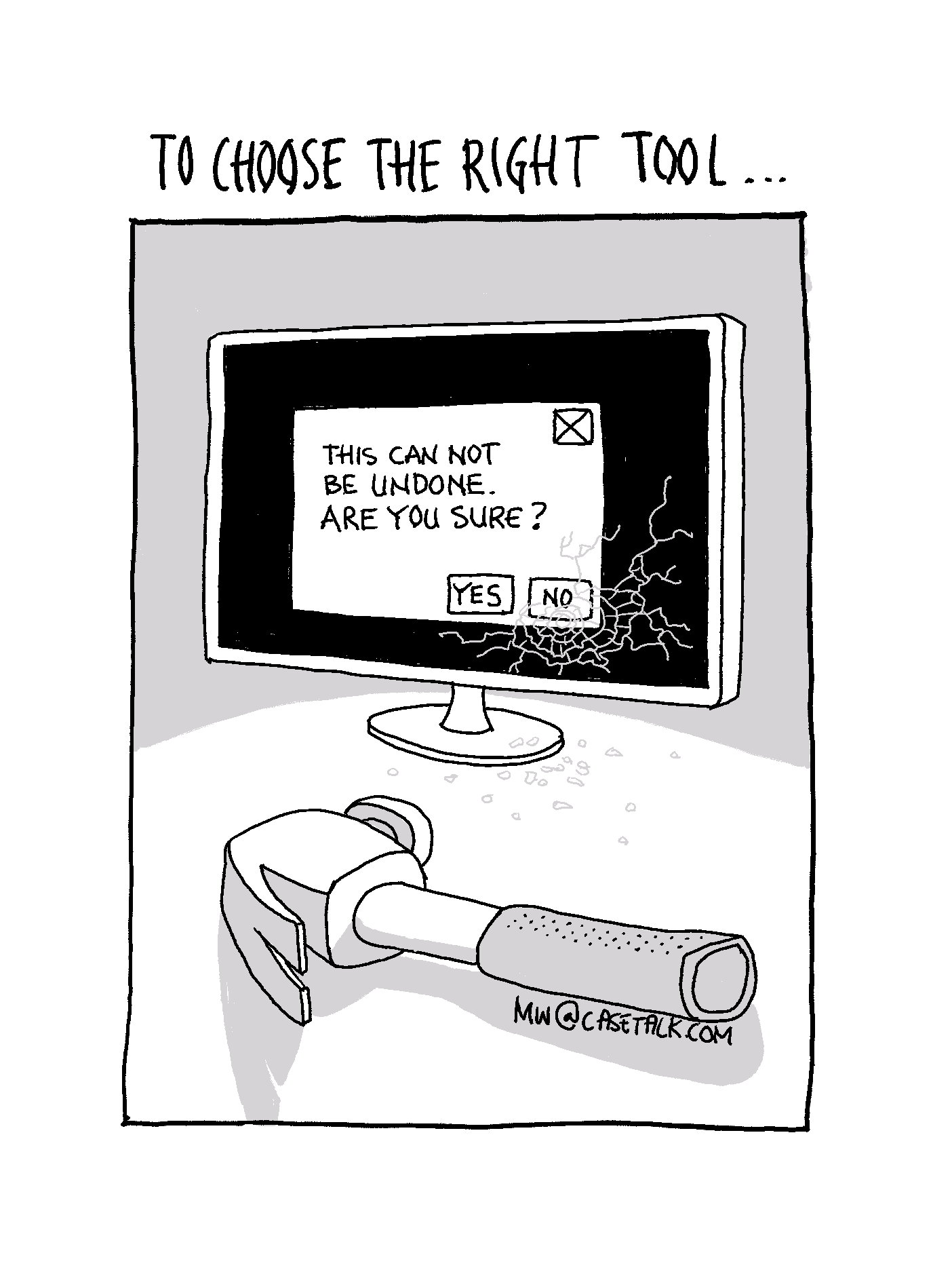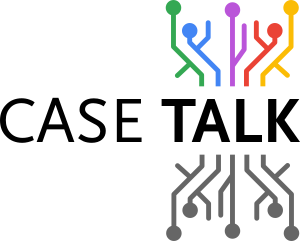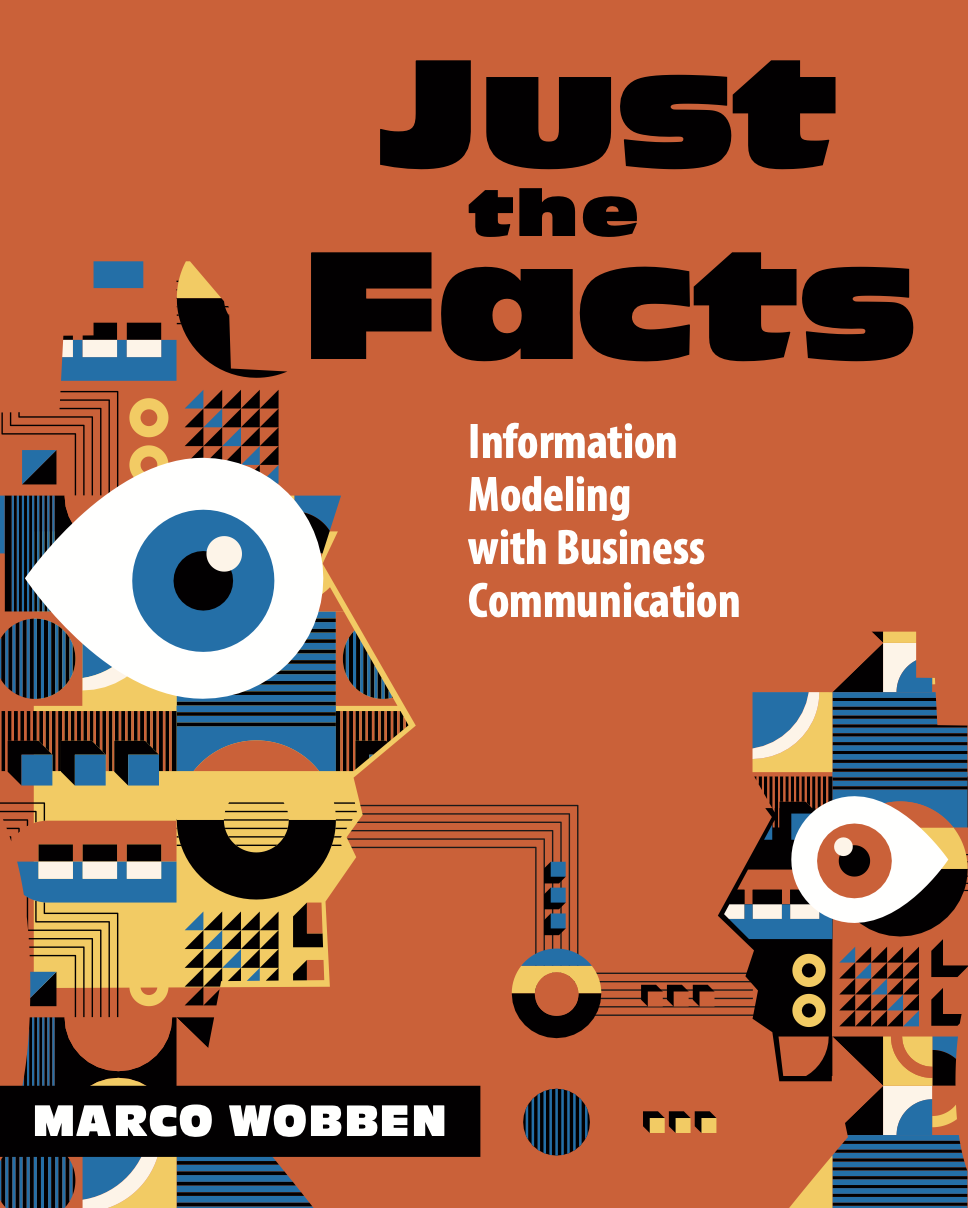We all know a hammer is a versatile tool. Not just when a nail needs to be driven into a wall or beam, but also to loosen items otherwise stuck for life. The hammer is also used in metaphors across the globe.
The First Law of the Instrument states that if you give a boy a hammer, he suddenly finds that everything needs pounding. The computer program may be our current hammer, but it must be tried. One cannot decide from purely armchair considerations whether or not it will be of any value.
by Kenneth Mark Colby in “Computer Simulation of Personality: Frontier of Psychological Theory”, 1963
The quote points to the tendency we all have to solve the next problem as if we can use the same tools we applied the last time, without testing ourselves for it to be appropriate. It prevents us to be curious about the true nature of the problem we are facing. In IT, we usually face business problems for which we are attempting to build tools. As with the hammer, we should question our bias towards the problem stated. Are we using the right tool for our job, and are we not just producing another hammer for others to pound with?
If the tool is not right for the job at hand, we will start pounding the problem and create a bigger mess. Now, to truly understand the problem, we need to investigate and ask questions, and remain curious. In most cases, the experts we survey, might have their own bias, and we may need to dig deeper for nothing is shallow in this world anymore. For that we need another tool, it's not a hammer or a shovel, it is our use of language and asking for concrete examples to illustrate the unknown.
Once engaging on this quest of being curious, it cannot be undone. We ourselves might become the tool for our next assignment. A worthy cause to keep pounding, or loosen things up for further investigation. Never stop asking questions and for examples.

 This license allows users to copy and distribute the material in any medium or format in unadapted form only, for noncommercial purposes only, and only so long as attribution is given to the creator.
This license allows users to copy and distribute the material in any medium or format in unadapted form only, for noncommercial purposes only, and only so long as attribution is given to the creator.
CC BY-NC-ND includes the following elements:
- BY – Credit must be given to the creator
- NC – Only noncommercial uses of the work are permitted
- ND – No derivatives or adaptations of the work are permitted


